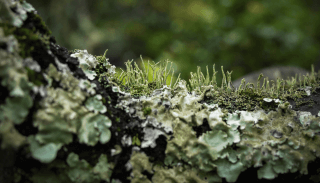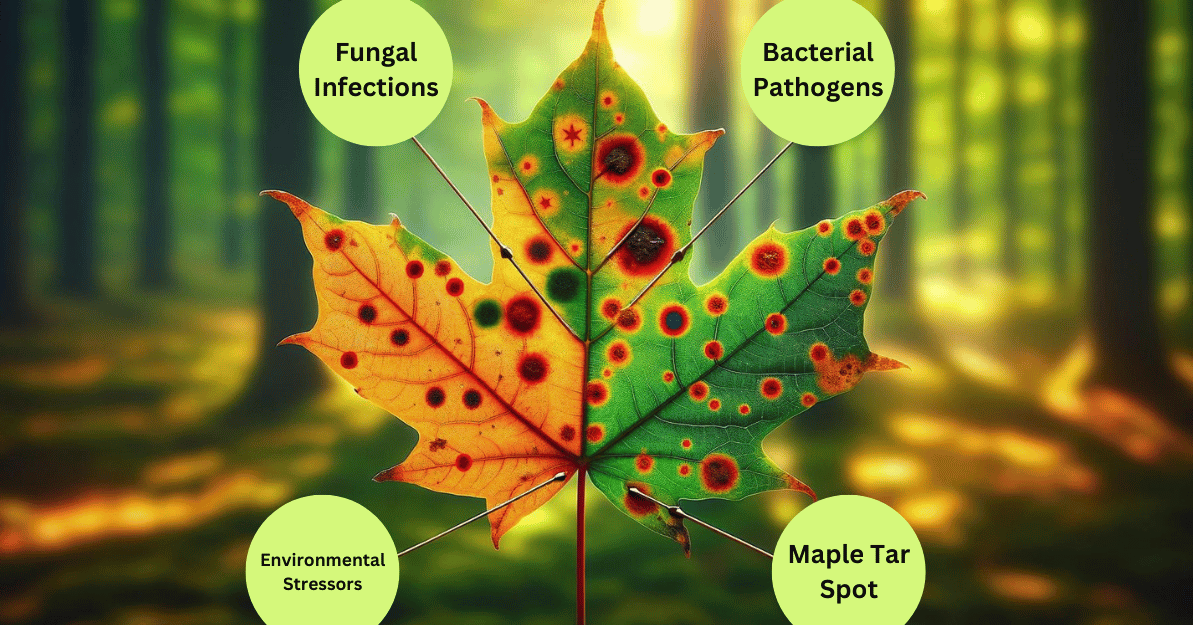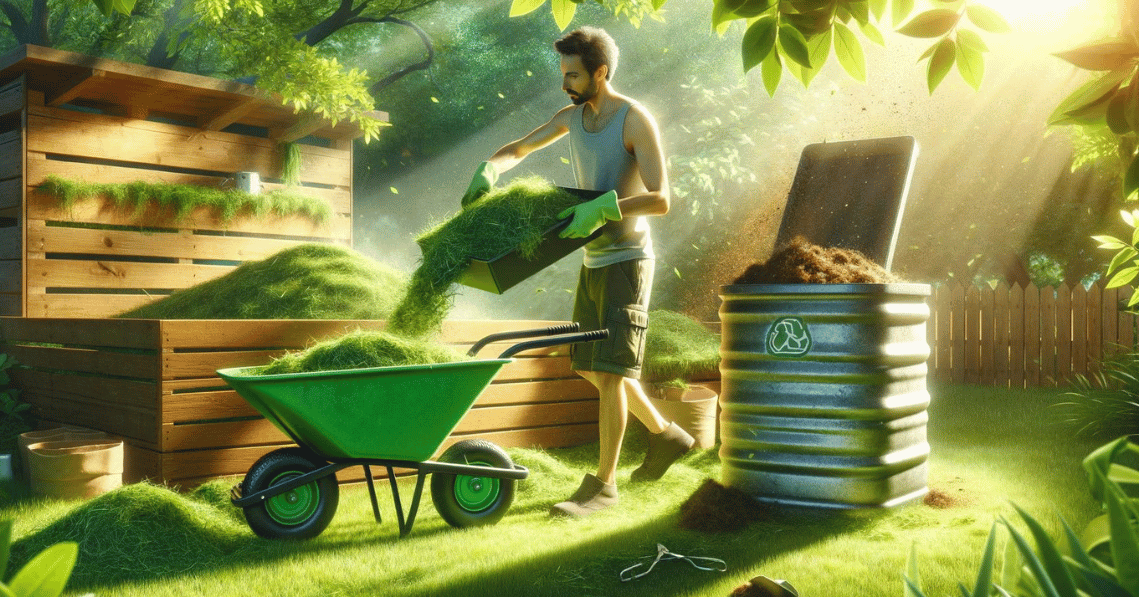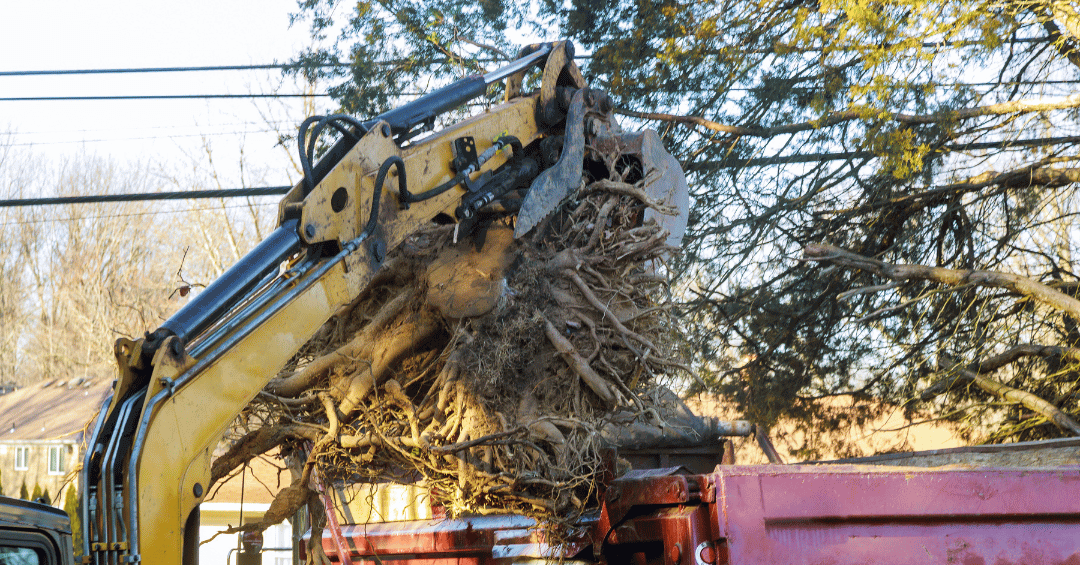Lichen on trees can be a curious sight for homeowners and tree enthusiasts. While some may view it as a sign of tree distress, others wonder if it's harmful or beneficial to the trees. This article will explore the world of lichen on trees, understanding what it indicates, what causes it, and whether it threatens tree health. We'll also delve into whether you should remove lichen from your trees and whether this unique organism has any potential benefits. So, let's dive into the fascinating realm of lichen on trees and discover how to treat and manage it effectively.
What Does Lichen on Trees Indicate?
Lichen is a unique organism formed through the symbiotic relationship between algae and fungi. When you spot lichen on trees, it indicates environmental conditions and air quality. Lichen is particularly prevalent in areas with clean air, which is susceptible to pollution. Finding lichen on your trees is a positive sign of good air quality.
What Causes Moss and Lichen?
Moss and lichen often appear together on trees, and several factors influence their presence. Moss thrives in moist and shaded environments, while lichen prefers areas with clean air and minimal pollution. Both moss and lichen can grow on trees, rocks, and other surfaces, creating a harmonious ecosystem when environmental conditions align.
What's the Difference Between Moss and Lichen?
While moss and lichen often grow together, they are distinct organisms with different characteristics. Moss is a plant that lacks true roots, stems, or leaves and reproduces through spores. On the other hand, lichen is a symbiotic organism composed of a fungus and algae living together in harmony. While they may have similar appearances, understanding their differences can aid in identifying and managing their growth on trees.
Is Lichen Harmful to My Trees?
Contrary to popular belief, lichen is not harmful to trees. Lichen is an epiphyte, meaning it grows on the surface of trees but does not parasitize or cause harm to its host. It obtains nutrients from the surrounding air and rainwater rather than the tree. Therefore, lichen does not contribute to tree decline or damage. Instead, it serves as an indicator of favorable environmental conditions and air quality.
Should I Remove Lichen from My Trees?
There is no need to remove lichen from your trees unless it poses a specific aesthetic concern. Lichen is harmless and can contribute to the overall health of the ecosystem. It provides habitat and food sources for various organisms, including insects and birds. If you wish to remove lichen for cosmetic reasons, it can be gently brushed off or cleaned with a mild detergent. However, be sure to avoid damaging the tree's bark or branches in the process.
Are There Any Benefits to Lichen?
Absolutely! Lichen plays a crucial role in the ecosystem and offers several benefits:
- Environmental Indicator: As mentioned earlier, lichen serves as an ecological indicator. Its presence on trees indicates clean air quality and minimal pollution.
- Biodiversity Support: Lichen provides shelter and food for numerous insects and small animals, contributing to biodiversity in the ecosystem.
- Soil Formation: When lichen breaks down, it contributes to soil formation and nutrient cycling.
- Air Quality Improvement: Lichen actively removes pollutants from the air through bioindication, making it an essential ally in improving air quality.
How to Get Rid of Lichen on Trees
If you still wish to remove lichen from your trees for aesthetic purposes, follow these steps:
- Gently Brush Off: Use a soft brush or cloth to brush off the lichen from the tree's bark gently.
- Mild Detergent Solution: Create a solution of mild detergent and water and use a soft brush to clean the lichen from the tree's surface. Rinse thoroughly with water afterward.
- Avoid Chemicals: Avoid using chemical solutions or harsh cleaners, as they can damage the tree's bark and harm the surrounding environment.
Get a Free Tree Health Evaluation
Lichen on trees is a natural and harmless phenomenon that indicates favorable environmental conditions and good air quality. Contrary to common misconceptions, lichen does not harm trees or contribute to their decline. Instead, it serves as an essential indicator and provides various benefits to the ecosystem. If you find lichen on your trees and have any concerns, consulting with an expert arborist can give you peace of mind and ensure your trees' overall health and well-being.
At Strobert Tree Services, our team of qualified professionals is here to assist you with any questions or evaluations about lichen on your trees. Contact us today to schedule a free consultation and discover the beauty of your healthy trees.











